Asahi Shimbun. 2020. “Backfitting rule on nuclear safety could strain utilities’ finances.” March 17. https://www.asahi.com/ajw/articles/13221568
Cabinet Office. 2021. “White Paper: Disaster Management in Japan.” https://www.bousai.go.jp/en/documentation/white_paper/pdf/2021/R3_hakusho_english.pdf
Funabashi, Y. 2021. Meltdown: Inside the Fukushima Nuclear Crisis. Washington, DC: The Brookings Institution Press. p 431
Investigation Committee on the Accident at the Fukushima Nuclear Power Stations. 2012. “Final Report” July 23; Rebuild Japan Initiative Foundation. 2014.“Independent Investigation Commission on the Fukushima Nuclear Accident.” February 20; Asia Pacific Initiative. 2021.“10-year Investigation Commission on the Fukushima Nuclear Accident: Final Report by Investigation Commission on the Fukushima Nuclear Accident.” February 19.
Kikuchi, M. 2018.“ Public Trust in Government, Japan.” Global Encyclopedia of Public Administration, Public Policy, and Governance. May 26. https://link.springer.com/referenceworkentry/10.1007/978-3-319-31816-5_3663-1
Kitazawa, K. and Funabashi, Y. 2015. “Fukushima in review: A complex disaster, a disastrous response.” Bulletin of the Atomic Scientists. November 27. https://www.tandfonline.com/doi/full/10.1177/0096340212440359
Kyodo News. 2023. “Safety costs at nuclear plants in Japan exceed 6 trillion Yen.” March 9.https://english.kyodonews.net/news/2023/03/f1d4173880a9-safety-costs-at-nuclear-plants-in-japan-exceed-6-tril-yen.html
Mainichi. 2019. “Proportion of elderly people high in Fukushima areas after lifting of evacuation orders.” March 12. https://mainichi.jp/english/articles/20190312/p2a/00m/0na/016000c
Nuclear Regulation Authority. 2013. “Enforcement of the New Regulatory Requirements for Commercial Nuclear Power Reactors.” July 8. https://www.nra.go.jp/data/000067212.pdf
Office of Nuclear Reactor Regulation. n.d. “U.S. Nuclear Regulatory Commission Regulatory and Cost Benefit Analysis Guidance.”
渡邊偉夫 「869(貞観11)年の地震・津波と推定される津波の波源域」『津波工学研究報告』第17号、27-48、2000年、東北大学大学院工学研究科災害制御研究センター, NAID 110000554352. https://cir.nii.ac.jp/crid/1571698601719669120
Rebuild Japan Initiative Foundation. 2014. “Independent Investigation Commission on the Fukushima Nuclear Accident.” February 20. p 180
Rebuild Japan Initiative Foundation, U.S.-Japan Strategic Vision Program. 2015. Anatomy of the Yoshida Testimony: The Fukushima Nuclear Crisis as seen through the Yoshida Hearings. August 28. Tokyo: Toyo Keizai Publishing. p 78
Thomson, P. 2014. “One lesson of the Fukushima nuclear meltdown is that Japan’s culture needs to change.” March 10. The World/Public Radio International. https://theworld.org/stories/2014-03-10/one-lesson-fukushima-nuclear-meltdown-japans-culture-needs-change
Willis, C. 2021. “Ensuring the Safety of Nuclear Installations: Lessons Learned from the Fukushima Daiichi Accident.” March. IAEA Bulletin. https://www.iaea.org/bulletin/ensuring-the-safety-of-nuclear-installations-lessons-learned-from-the-fukushima-daiichi-accident
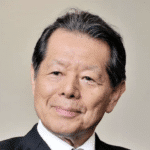

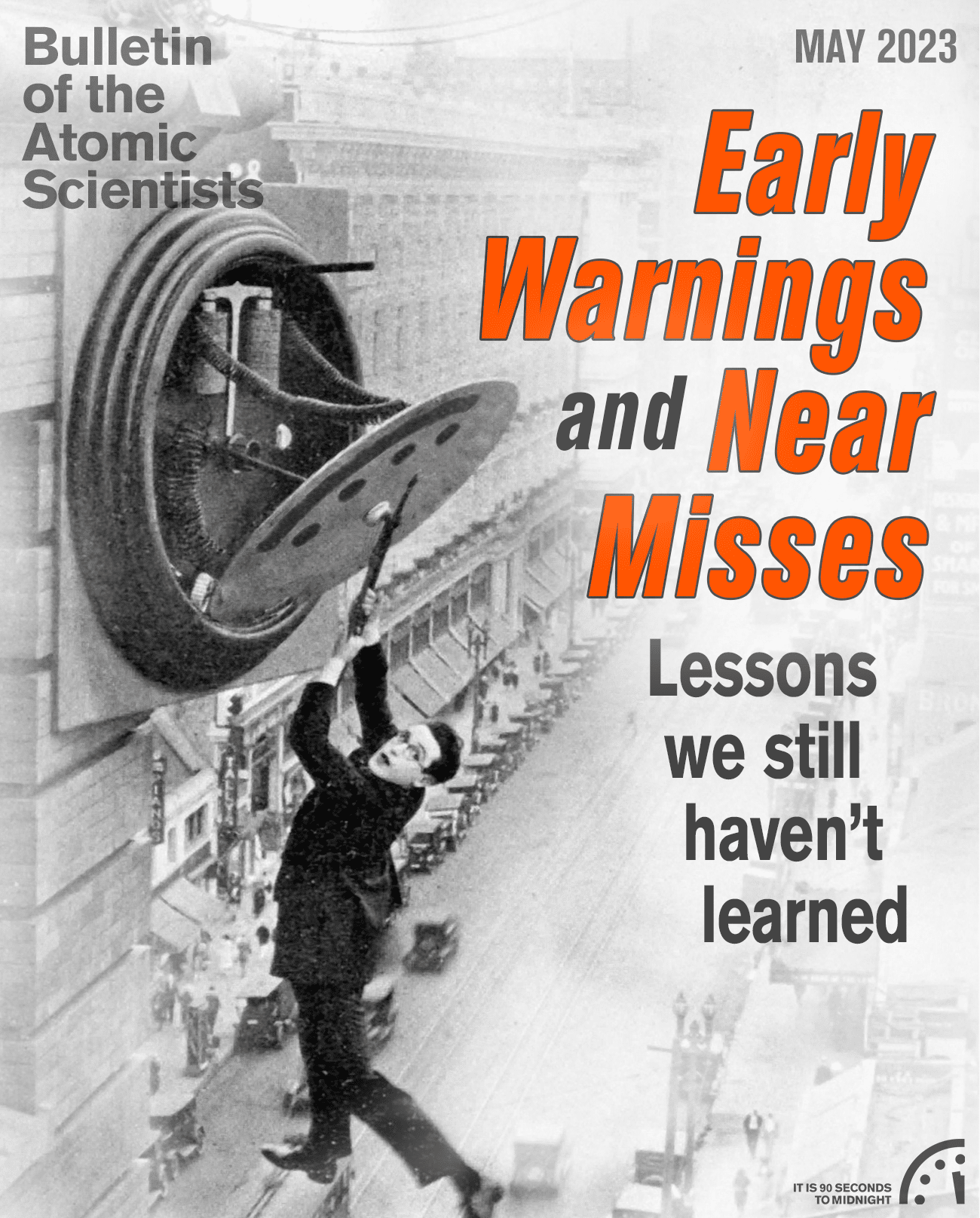

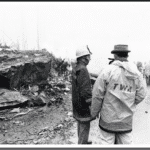

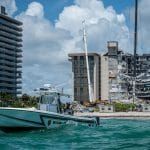
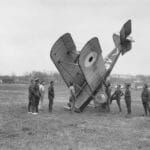
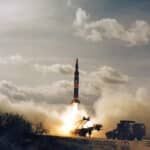



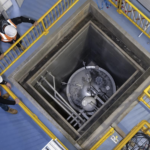
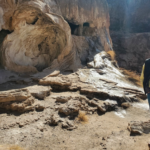
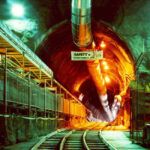








It is impossible to use nuclear fission safely to produce energy. Therefore, safety will always be neglected. Even with safety being ignored, nuclear energy is and will always be the most expensive form of energy. That is true, even though the nuclear industry does not assume responsibility and pay for its 2 greatest liabilities. These liabilities are the destructive health and environmental damages caused by nuclear energy and the absolute necessity of safely isolating nuclear waste from contact with living organisms for longer than mankind has been in existence.